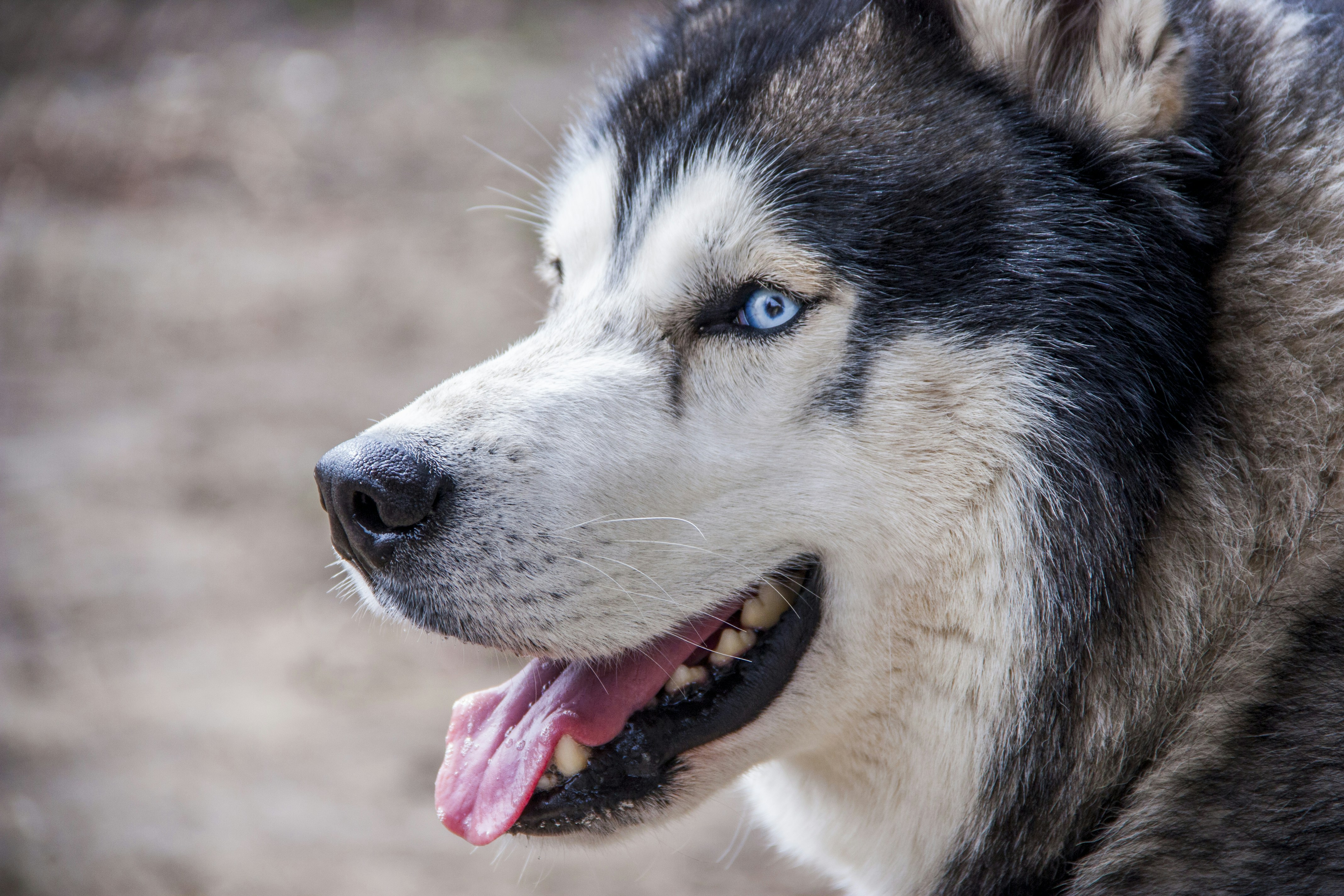
Siberian Husky Dogs: The Ultimate Guide to the Snow-Sport Superstar
With their wolf-like beauty and endless energy, Siberian Huskies embody the spirit of the Arctic. But can this sled-pulling phenom adapt to suburban life? This comprehensive guide explores their nomadic heritage, care essentials, and how to channel their athleticism positively.
| Characteristic | Value |
|---|---|
| Lifespan | 12-14 years |
| Weight | 35-60 pounds |
| Height | 20-24 inches |
| Temperament | Friendly, Outgoing, Mischievous, Alert, Gentle |
Characteristics
From Arctic Nomads to Family Companions
Bred by the Chukchi people of Siberia over 3,000 years ago, Huskies thrived as endurance sled dogs in -60°F temperatures. Their ability to work in teams while conserving energy made them vital for survival. Today, they trade ice fields for dog parks but retain their adventurous spirit.
Distinctive Physical Features
- Size: Athletic build standing 20-24 inches tall, weighing 35-60 lbs
- Coat: Thick double-layer in black, gray, red, or agouti with striking masks
- Eyes: Piercing blue, brown, or heterochromatic (one of each color)
- Tail: Bushy “sickle” tail that curls over the back when alert
Siberian Husky Temperament: Free Spirit Meets Family Dog
Personality Traits
- 🌟 Escape Artists: Can climb fences or dig under them in minutes
- 🐺 Pack Mentality: Thrive with canine companions or active families
- 🎭 Class Clowns: Love dramatic howling sessions and zoomies
- ❄️ Cold Champions: Prefer snowbanks over sofas
Potential Challenges
- High Prey Drive: Will chase squirrels, cats, or skateboards
- Stubborn Streak: May ignore commands if something’s more interesting
- Shedding: “Blow coat” twice yearly – invest in a heavy-duty vacuum
Caring for Your Siberian Husky: Health, Grooming, and Nutrition
Exercise Requirements
- Daily Needs: 2+ hours – jogging, bikejoring, or sled-pulling
- Mental Work: Snuffle mats, frozen Kongs, or nosework games
- Heat Precautions: Limit outdoor time above 70°F (21°C)
Grooming Guide
- Brushing: 3x weekly with undercoat rake; daily during shedding seasons
- Bathing: Every 8-12 weeks – their self-cleaning coat stays fresh
- Nail Care: Trim monthly to prevent ice-ball buildup between toes
- Paw Protection: Use musher’s wax in winter
Common Health Issues
Hip Dysplasia
- Symptoms: Bunny-hopping gait, difficulty rising
- Prevention: Maintain lean weight, avoid over-exercising puppies
Eye Conditions (Cataracts/PRA)
- Symptoms: Cloudy eyes, night blindness
- Prevention: Annual veterinary ophthalmologist exams
Zinc Deficiency
- Symptoms: Hair loss, crusty skin
- Prevention: Zinc-rich diet or supplements
Hypothyroidism
- Symptoms: Weight gain, lethargy
- Prevention: Annual blood tests starting at age 5
Nutritional Needs
- High-Protein Diet: 30%+ protein from fish or poultry sources
- Fatty Acids: Salmon oil for coat health
- Portion Control: 2-3 cups daily – active adults may need 4 cups
- Avoid: Grain-heavy formulas – linked to allergies
Training Your Siberian Husky: Channeling the Wanderlust
Effective Techniques
- Positive Reinforcement: Use dehydrated liver or fish treats
- Recall Training: Practice in fenced areas with long leads
- Early Socialization: Expose to crowds, bikes, and small animals
- Sled Sports: Try dryland mushing or skijoring
Addressing Challenges
- Digging: Create a designated sandpit with buried toys
- Howling: Teach “quiet” command using white noise machines
- Pulling: Use harnesses designed for sled work during walks
Is a Siberian Husky Right for You? Pros and Cons
Ideal For:
- Active outdoor enthusiasts
- Homes with secure 6ft+ fencing
- Cold climate residents
- Those wanting a canine running partner
Think Twice If:
- You live in hot climates
- Want a guard dog (they’ll greet burglars with kisses)
- Dislike dog hair on furniture
- Need perfect obedience
Siberian Husky FAQs
Q: Can Huskies live in hot climates?
A: Possible with AC and limited daytime outdoor access – but not ideal.
Q: Why do Huskies have blue eyes?
A: A genetic trait from their Arctic heritage – no link to vision issues.
Q: Are Huskies good with cats?
A: Possible if raised together, but their prey drive requires careful management.
Q: How cold is too cold for a Husky?
A: They thrive in sub-zero temps – just provide insulated shelter outdoors.
Conclusion: Embrace Life with Your Arctic Adventurer
Siberian Huskies offer a unique blend of wild beauty and goofy charm. While their escape antics demand Fort Knox-level security and their energy requires commitment, those who welcome a Husky into their pack gain a loyal teammate who’ll turn every walk into an expedition. If you’re ready for a dog that redefines “active lifestyle,” the Siberian Husky might just be your perfect frosty companion.